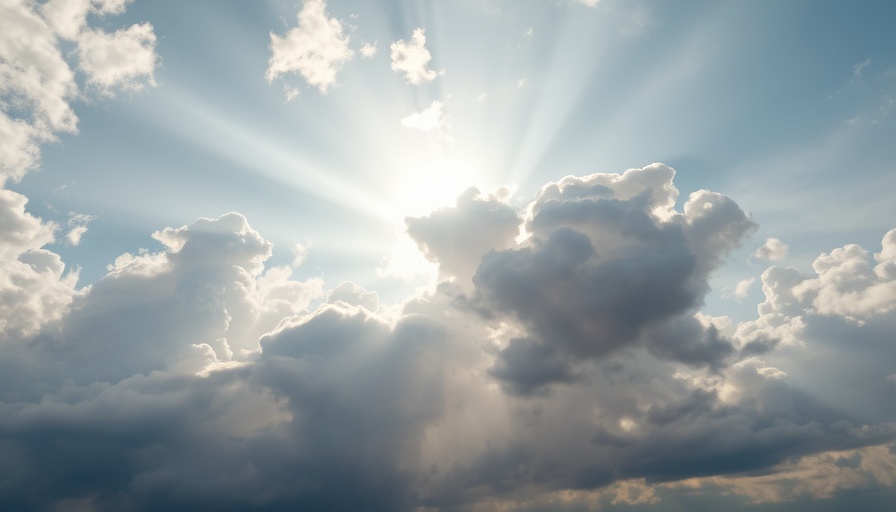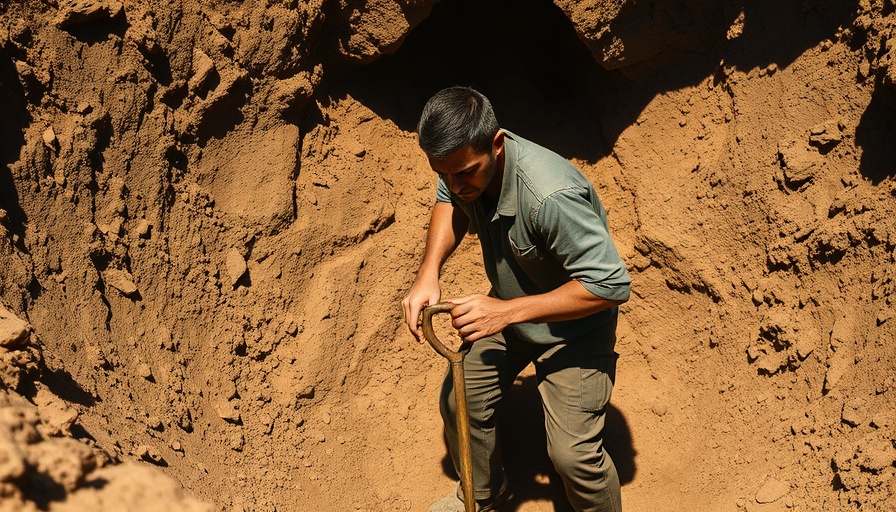
Weather Across South Africa: A Cool Saturday Ahead
As South Africans prepare for the weekend, forecasts indicate that temperatures will dip to cool and cold levels across much of the country this Saturday. Clouds will dominate the skyline in various regions, with specific areas in KwaZulu-Natal (KZN) expected to experience showers. For residents and tourists alike, this weather pattern will influence both outdoor activities and travel plans.
The Importance of Weather Patterns in South Africa
Understanding weather conditions is crucial in South Africa, not only for planning daily activities but also for broader implications such as agriculture, healthcare, and economic stability. The country’s reliance on farming makes it vulnerable to changing weather conditions, especially with increasing discussions around climate change and water scarcity. Agricultural sectors face challenges like droughts and excessive rainfall that can disrupt yields and affect food security.
Implications of Recent Weather Patterns
The recent weather in South Africa is intertwined with various socio-political and economic issues, including government policies on climate resilience. The ongoing debate regarding load shedding, driven by the Eskom crisis, accentuates the urgency to adopt sustainable practices to mitigate energy shortages during adverse weather. This volatile situation is exacerbated by unemployment rates and resource allocation discrepancies, prompting communities to engage in service delivery protests.
A Snapshot of KwaZulu-Natal's Weather
KZN will likely see intermittent rain, which serves as a reminder of the region's complex ecological and economic relationship with its climate. Coastal areas may experience warmer conditions, juxtaposed against the cooler inland temperatures. With many tourists flocking to the coast during weekends, this weather will impact local businesses along with the tourism recovery efforts seen since the COVID-19 pandemic. The interplay of increasing economic demand and natural resources underscores the need for robust disaster management frameworks.
The Broader Economic Context: Weather and Public Policy
National elections and the corresponding governmental policies play a significant role in addressing the challenges posed by South Africa’s climatic conditions. The African National Congress (ANC) and the Democratic Alliance (DA) continue to push for reforms, including effective land reform policies aimed at sustainable agricultural practices. Enhanced transparency in corruption investigations and accountability measures can foster a revival in public trust, leading to a spirited push for infrastructure developments that respond to environmental needs and contribute to economic recovery.
Practical Insights for Residents and Visitors
With the weather taking a cool turn, residents in cooler provinces should prepare for their Saturday plans accordingly. These insights are crucial not just for immediate comfort but also have implications for broader health outcomes, such as mental health during colder months. Citizens are encouraged to stay informed about localized weather updates, especially while navigating areas at higher risk for weather disturbances.
In conclusion, as South Africa braces for a cool and cloudy Saturday, staying informed about the weather not only helps plan one’s day but also reinforces the critical link between climate and broader socio-economic issues. As residents and professionals alike assess the weather patterns, understanding their implications encourages proactive engagement with local policies and community resilience strategies to navigate this multifaceted challenge ahead.
 Add Row
Add Row  Add
Add 




Write A Comment